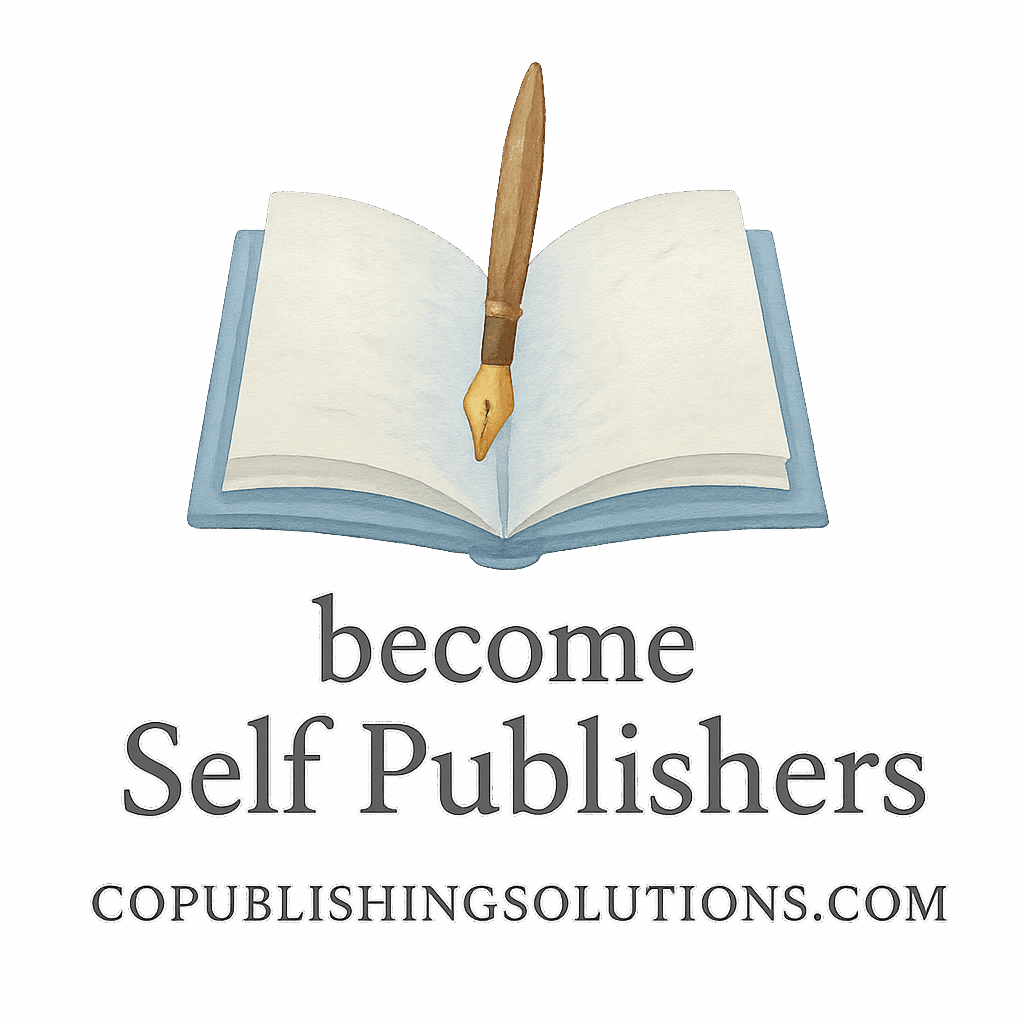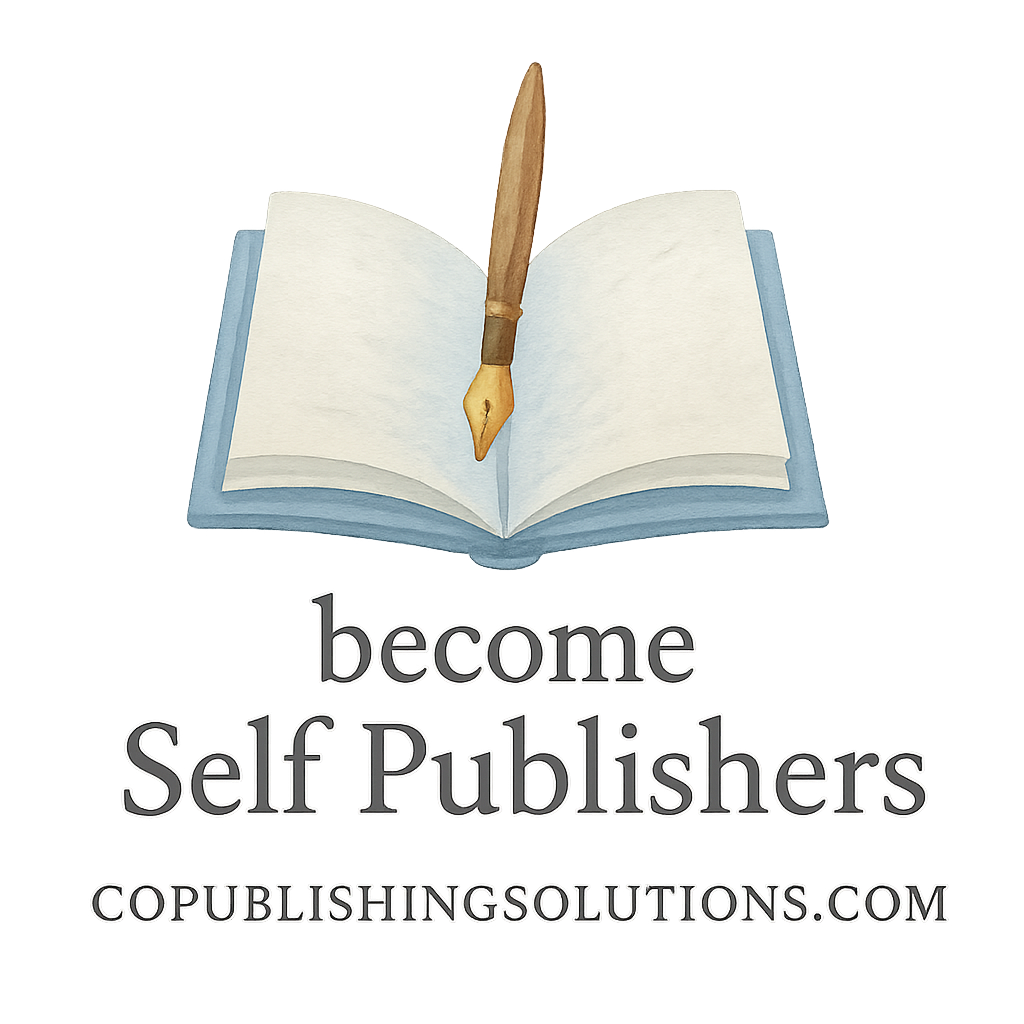Introduction
If you’re diving into the world of content creation or self-publishing, the platform you choose can make or break your journey. Think of a publishing platform like the foundation of your dream house—choose the wrong one, and things might crumble fast. Whether you’re a beginner dipping your toes into self-publishing or a seasoned author seeking better tools, this guide will walk you through the 10 must-have features to look for in a publishing platform.
1. User-Friendly Interface
Why Ease of Use Matters
Let’s be honest: not everyone is a tech wizard. If a publishing platform feels like decoding a secret language, you’re not going to enjoy your experience. A clean, intuitive interface ensures that you can focus on what matters most—creating content.
Tools for Non-Techies
Great platforms offer drag-and-drop builders, straightforward dashboards, and help guides. If you’re just starting out, check out our guide on Self-Publishing Basics to get your feet wet.
2. Content Management Capabilities
Seamless Content Creation & Editing
A powerful content editor is crucial. You want options to write, edit, and format with ease. Platforms that support autosave and version history are lifesavers for those “oops” moments.
Organizing Your Content Library
Think of your content like a digital bookshelf. You want it neat, categorized, and searchable. Look for platforms that offer tags, folders, and archiving features.
3. Customization Options
Themes, Layouts, and Personalization
You should be able to make your site look and feel like you. Choose a platform with customizable themes, fonts, and colors.
Branding Integration
Whether you’re running a solo blog or a full-blown author website, branding consistency is key. Incorporate your logos, brand colors, and even custom domain names.

4. SEO Optimization Tools
Built-in SEO Features
Publishing is only half the battle. Getting found is the other. Platforms like WordPress offer SEO plugins that help optimize your content for search engines.
Importance of SEO in Publishing
Good SEO means more eyeballs on your work. Dive into our comprehensive resource on Publishing Content Strategy to make your content stand out.
5. Monetization Support
Ad Integrations and Affiliate Tools
Want to turn your content into cash? Look for built-in ad support or easy third-party integration. Platforms that support Google AdSense or affiliate links make monetization a breeze.
Membership and Paywall Options
Creating premium content? Platforms that allow you to set up memberships or paywalls can help build a steady stream of passive income.
6. Analytics and Reporting
Understanding Your Audience
If you don’t know who’s reading your content, how can you improve? Insights into demographics, location, and behavior are golden.
Performance Tracking
From bounce rate to click-through rate, track what’s working and what’s not. For long-term growth, check out Advanced Publishing Growth.
7. Collaboration and Multi-Author Support
Co-Authoring Features
Teamwork makes the dream work. Whether you’re co-writing a book or managing contributors, look for platforms with robust collaboration tools. Check out our insights on co-authoring.
User Roles and Permissions
Assign different roles to different team members. Editors, contributors, and admins all need specific access levels to keep things smooth and secure.
8. Integration with Publishing Tools and Platforms
Essential Tools for Writers and Editors
Look for integration with Grammarly, Canva, or scheduling tools. This enhances your workflow significantly. Explore more publishing tools and platforms that can elevate your game.
Cross-Platform Publishing
Some platforms let you distribute your content across channels—social media, newsletters, or even Amazon. More reach, less hassle.
9. Scalability and Performance
Handling High Traffic
What happens if one of your posts goes viral? Will your platform handle the traffic, or will it crash and burn?
Long-Term Platform Growth
Choose a platform that grows with you. Whether you’re adding a shop, a podcast, or multiple books, scalability is essential. Visit our Marketing & Monetization hub for strategies to fuel your growth.
10. Security and Reliability
Data Protection and Backups
Your content is gold—protect it! Look for features like SSL certificates, two-factor authentication, and automated backups.
Platform Uptime
Downtime = lost traffic and revenue. Make sure the platform has a solid uptime record and reliable support.
Conclusion
Choosing the right publishing platform isn’t just about features—it’s about finding a solution that matches your goals, whether you’re an indie author, blogger, or business. Evaluate each of these 10 features carefully, and you’ll be well on your way to publishing success.
For more tips and insights, visit CoPublishing Solutions, where we help authors and publishers thrive with tools, strategies, and resources.
FAQs
1. What is the best publishing platform for beginners? Platforms like WordPress and Medium are great for beginners due to their simplicity and support.
2. Can I switch platforms later? Yes, but it’s often a complex process. Choose wisely from the beginning to save time and stress.
3. Do I need to know coding to use a publishing platform? Nope! Many platforms are designed for non-coders with drag-and-drop builders and templates.
4. How can I make money from my content? Use monetization features like ads, affiliate links, memberships, or even selling eBooks.
5. What are essential tools every author should integrate? Grammarly, Canva, scheduling tools, and SEO plugins are essential. Learn more in our Tools Tag.
6. Why is SEO important in publishing? SEO increases your visibility, brings in organic traffic, and helps your content reach the right audience.
7. What should I do if my site traffic grows rapidly? Make sure your platform can scale and consider optimizing with help from Advanced Publishing Growth.


